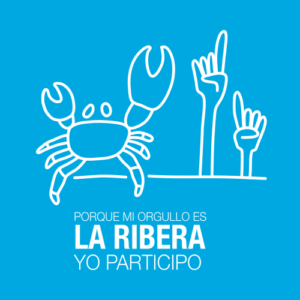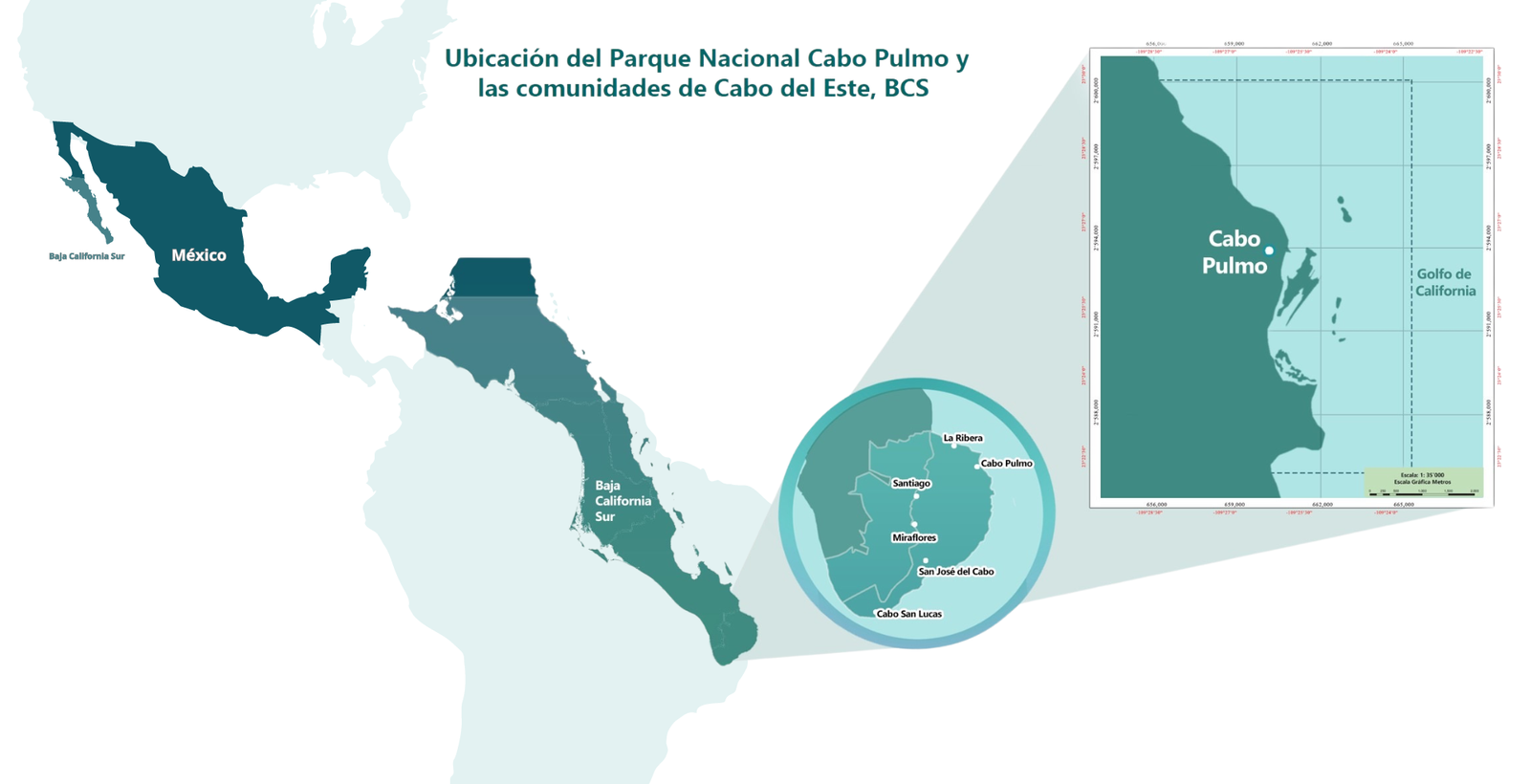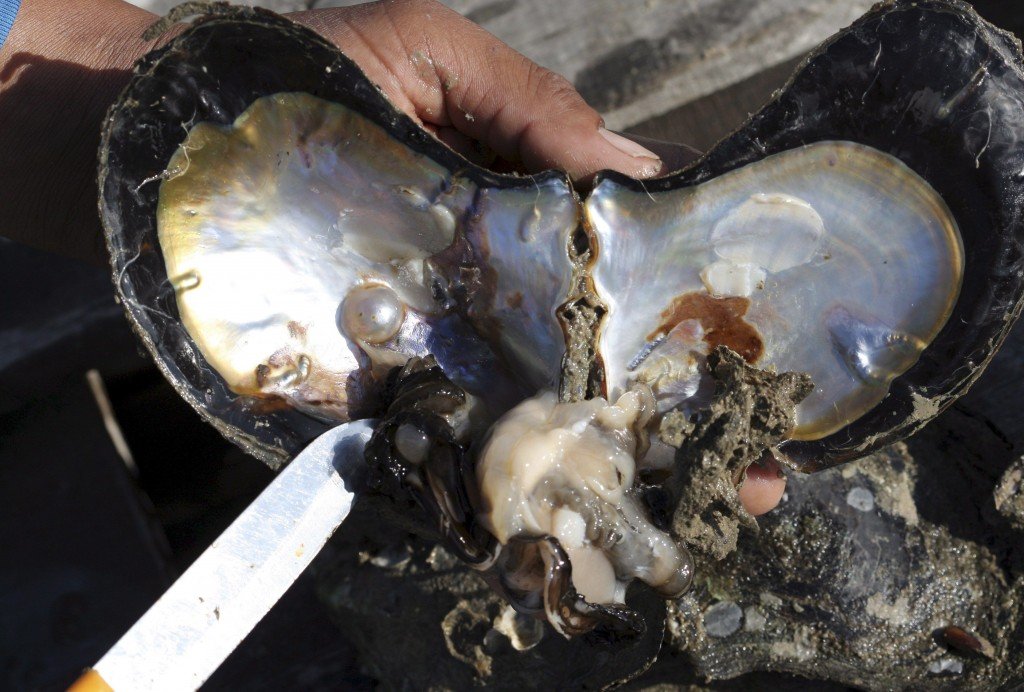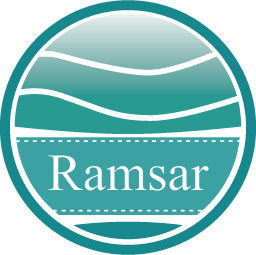Where is Cabo Pulmo? ?
Cabo Pulmo is in the municipality of Los Cabos, south of the Baja California Peninsula in Mexico. Off its coast is the only coral reef in the Gulf of California, currently one of the largest and oldest coral reefs in the Eastern Pacific.
You can reach Cabo Pulmo from San José del Cabo (about 150 km) or from La Paz (about 200 km) by taking the Transpeninsular #1 road and deviating in the village of Las Cuevas towards La Ribera, and then travel about 20 km between the dirt and paved road.
Cabo Pulmo is a small community of approximately 120 inhabitants, who are engaged in family businesses of restaurants, lodging and tourist-recreational activities such as diving, snorkeling, kayaking, hiking and cycling.
Although the main recreational activities are aquatic, you can also go hiking, an excellent activity that allows you to get to know the region. One of the most exceptional trails is the “Sendero Puurum”, which in Pericú language means “mountainous place”. This Trail was established by people from the community to highlight the historical and cultural value of the terrestrial environment.
First time in Cabo Pulmo? ?
Electrical power is mainly provided by generators and solar cells.
There is no ATM and most local shops only accept cash.
Cabo Pulmo is in a desert area, so the water available is scarce. We appreciate your help to take care of this valuable resource.
The cell signal may be intermittent in some areas of the park, but there are some restaurants with satellite internet.
Please! Use biodegradable sunscreens that do not harm the reef and marine life, or if possible, replace them with UV-protected clothing.
To learn more, download the Guide for Responsible Tourists.
History of Cabo Pulmo
Our grandparents were pearl divers who taught their children the art of fishing. We grew up in this place and learned from our parents to earn a living at sea. For a long time, we fished for sharks, big fish and turtles. The mountains of shells were large, because eating turtles was also part of our culture.
Time passed and fishing was increasingly difficult. The sea no longer provided us with as many fish as before and we had to go further each time. Meanwhile, people came from outside to see this beautiful garden that was in front of our fishing field: the reef. As we went into the sea, we noticed the damage we had done by anchoring on the corals that this place harbors.
With the support of the scientific community of the Autonomous University of Baja California Sur (UABCS), we were advised on its ecological importance and protection against overfishing, we organized ourselves and asked the government to create a Protected Natural Area.
Cabo Pulmo National Park
On the initiative of the community, especially fishermen and with the support of scientists and government, on June 6, 1995, the reef and beaches of Cabo Pulmo were declared a Protected Natural Area, under the category of National Park. The Cabo Pulmo National Park has an area of 7,111 hectares (14 km long and 8.6 km at its widest part).
Ten years after its creation, UNESCO recognized the Cabo Pulmo National Park as a Natural Heritage of Humanity and in 2008 it was designated a RAMSAR site, for being a wetland of international importance.
For its good conservation performance, in 2022 Cabo Pulmo was recognized with the inclusion of the International Union for Conservation of Nature (IUCN) Green List of protected and conserved areas.
Basalt bars are located on the seabed, upon which the coral reef was formed. Throughout the year, the marine biodiversity of the park varies, depending on the season there are different species that use the area for food, shelter or as a breeding area.
Every day, Cabo Pulmo continues to write its story.
Setting

The Baja California Peninsula is distinguished by its pristine and paradisiacal beaches, as well as the small communities that survive with them, creating a peaceful and prosperous environment. In recent years, these characteristics have attracted investors, who are now betting large sums of money on the residential and mass tourism model.
The expectations for this type of development are worrying, since the peninsula is a desert area with very little water available. Furthermore, reef ecosystems are fragile and changes to the natural environment would result in an irreparable loss of coral reefs.
Despite the consequences for the ecosystem, currently in the vicinity of the Cabo Pulmo National Park, construction projects for marinas, hotels, residences and golf courses have been approved, among others. So, we face the great challenge of generating economic alternatives that do not compromise the well-being of local communities and the conservation of our natural heritage.








